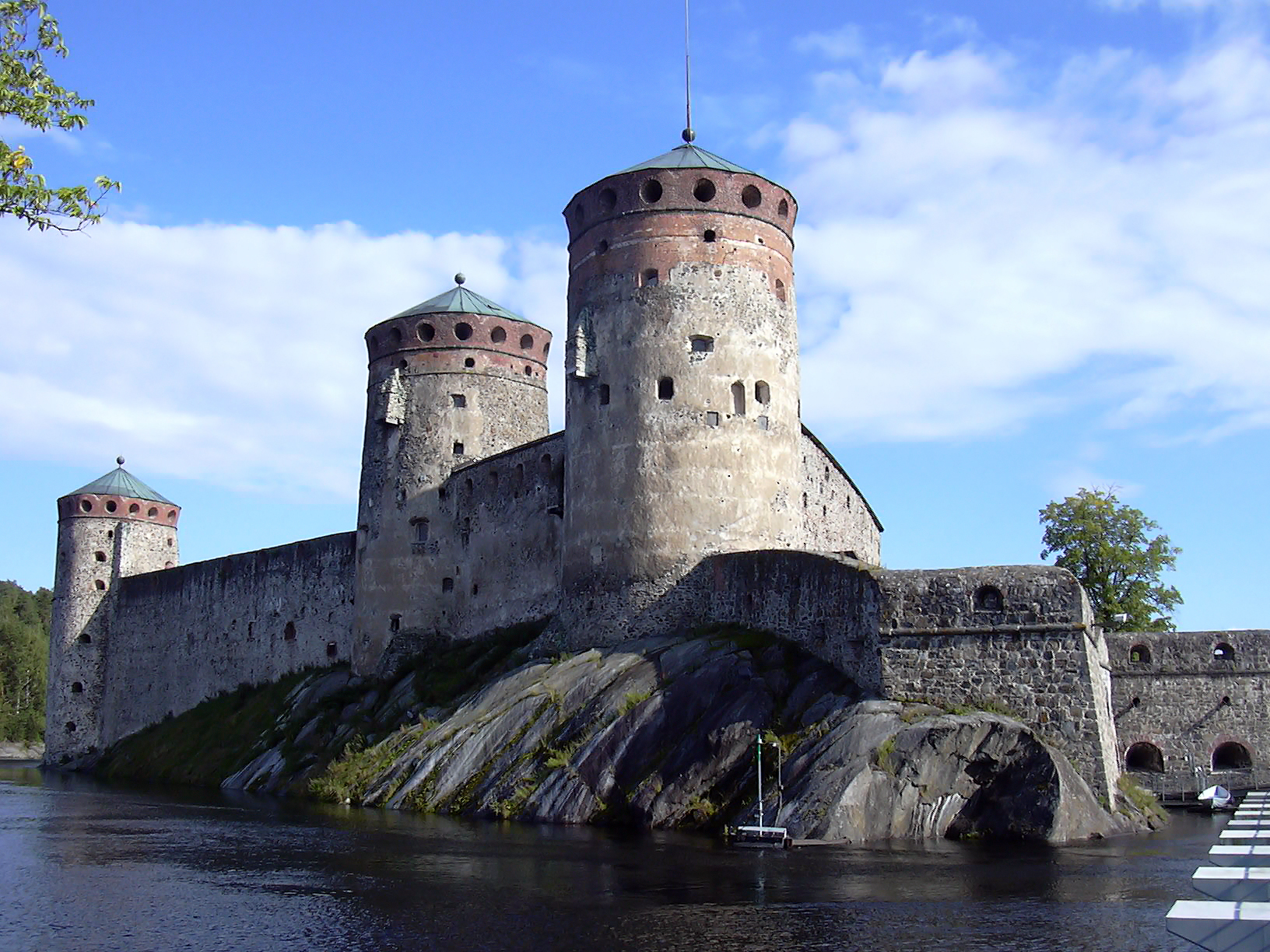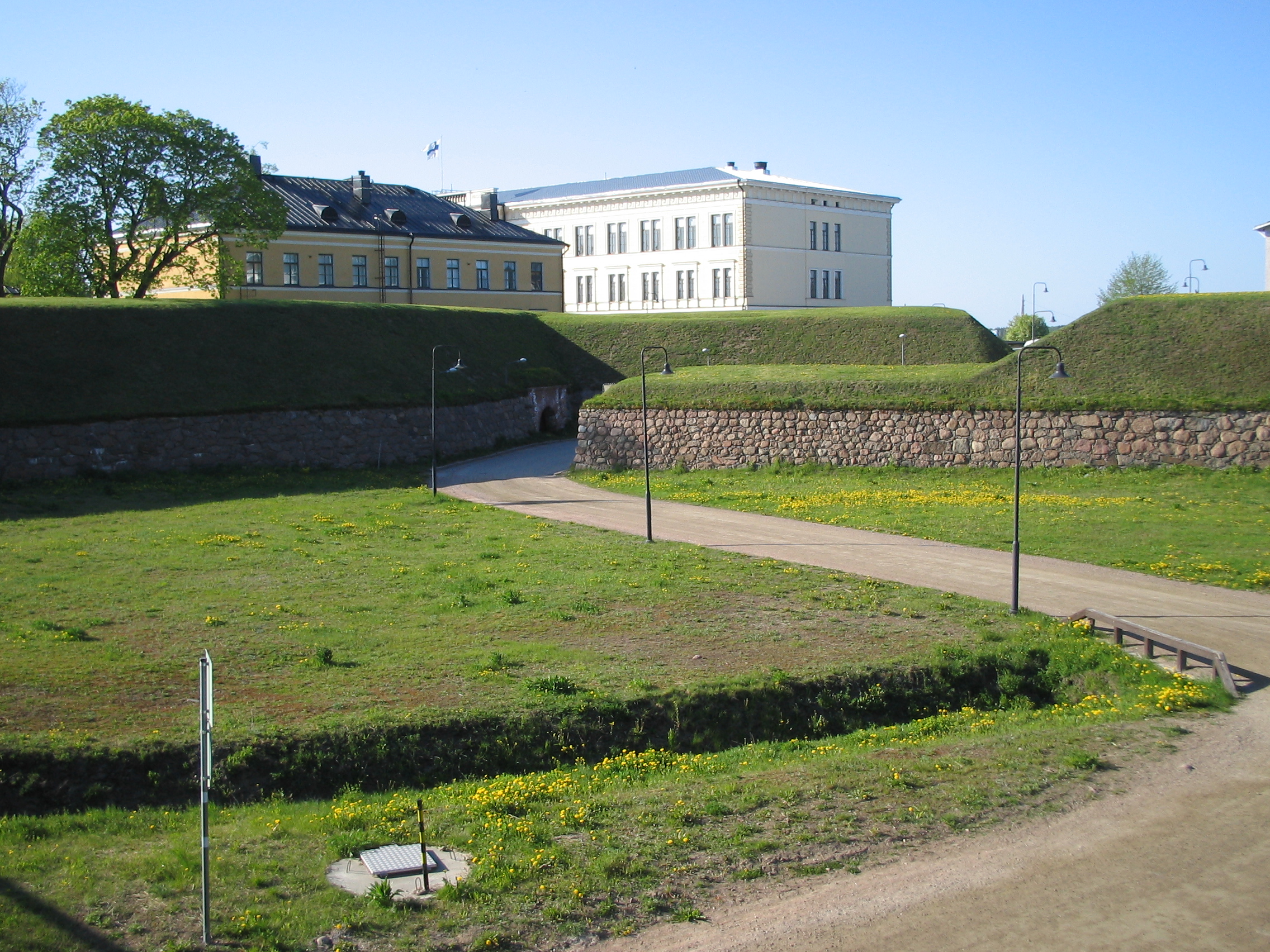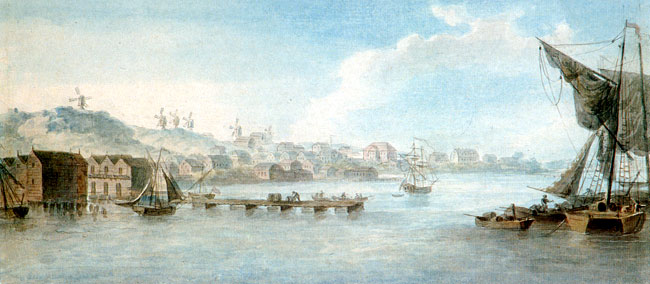|
List Of Castles In Finland ...
This is an incomplete list of castles and fortresses in Finland. {{Châteaux Castles Castles Finland Finland ( fi, Suomi ; sv, Finland ), officially the Republic of Finland (; ), is a Nordic country in Northern Europe. It shares land borders with Sweden to the northwest, Norway to the north, and Russia to the east, with the Gulf of Both ... [...More Info...] [...Related Items...] OR: [Wikipedia] [Google] [Baidu] |
Savonlinna
Savonlinna (, , ; sv, Nyslott, lit=New Castle) is a town and a municipality of inhabitants in the southeast of Finland, in the heart of the Saimaa lake region, which is why the city is also nicknamed the "Capital of Saimaa". Together with Mikkeli, it is one of the largest towns in the South Savonia region and one of the concentrations in the region's hospital districts. The town is internationally known for its medieval St. Olaf's Castle and the annual Savonlinna Opera Festival. Its surrounding the enclaved municipality of Enonkoski. History The city was founded in 1639, based on Olavinlinna castle (''St. Olaf's Castle''). The castle was founded by Erik Axelsson Tott in 1475 in an effort to protect Savonia and to control the unstable border between the Kingdom of Sweden and its Russian adversary. During the Russo-Swedish War (1741–1743), the castle was captured by Field-Marshal Peter Lacy. It was held by Russia between 1743 and 1812, when it was granted back to Finl ... [...More Info...] [...Related Items...] OR: [Wikipedia] [Google] [Baidu] |
Hamina Fortress
Hamina Fortress ( fi, Haminan linnoitus) is located in Finland on the coast of the Gulf of Finland and it is an integral part of the Hamina city centre. Hamina fortress is a Star fort, representing the Renaissance ideal city embodied by Palmanova city in northeastern Italy. Construction The location of the fortress used to be the marketplace of the Vehkalahti, which had received city rights in 1653 under the name of Vehkalahden Uusikaupunki. The city was destroyed in the Great Northern War in 1712. The construction of the fortress began by Swedish general Axel von Löwen after the Treaty of Nystadt in early 1720s. Von Löwen wanted to prevent the Russian advance into the Gulf of Finland as envisioned by the Tsar Peter the Great, who wanted to open the sea routes for Russia. Alongside the Hamina fortress the construction of another fortress also began in Lappeenranta. Protected by the six bastions, named after other Finnish fortified cities, of the fortress the garrison was r ... [...More Info...] [...Related Items...] OR: [Wikipedia] [Google] [Baidu] |
Kotka
Kotka (; ; la, Aquilopolis) is a city in the southern part of the Kymenlaakso province on the Gulf of Finland. Kotka is a major port and industrial city and also a diverse school and cultural city, which was formerly part of the old Kymi parish. The neighboring municipalities of Kotka are Hamina, Kouvola and Pyhtää. Kotka belongs to the Kotka-Hamina subdivision, and with Kouvola, Kotka is one of the capital center of the Kymenlaakso region. It is the 19th largest city in terms of population as a single city, but the 12th largest city of Finland in terms of population as an urban area. Kotka is located on the coast of the Gulf of Finland at the mouth of Kymi River and it is part of the Kymenlaakso region in southern Finland. The city center is located on an island surrounded by the sea called Kotkansaari ("Island of Kotka"). The most important highway in Kotka is Finnish national road 7 ( E18), which goes west through Porvoo to Helsinki, the capital of Finland, and extends ... [...More Info...] [...Related Items...] OR: [Wikipedia] [Google] [Baidu] |
Ruotsinsalmi Sea Fortress
Ruotsinsalmi sea fortress ( fi, Ruotsinsalmen merilinnoitus, sv, Svensksund, russian: Морская крепость Руотсинсальми; both names meaning ''Swedish Strait'') is a fortification system in Kotka, Finland. It is part of the South-Eastern Finland fortification system built by Russia after Russo-Swedish War of 1788-1790. Ruotsinsalmi sea fortress formed the southern part of a double fortress together with Kyminlinna and it was built to counter the Swedish sea fortresses of Svartholm in Loviisa and Sveaborg (Suomenlinna) in Helsinki. Ruotsinsalmi also acted as an outpost of the Kronstadt sea fortress in Saint Petersburg. During the Crimean War The Crimean War, , was fought from October 1853 to February 1856 between Russia and an ultimately victorious alliance of the Ottoman Empire, France, the United Kingdom and Piedmont-Sardinia. Geopolitical causes of the war included the ..., a British-French fleet destroyed the Ruotsinsalmi fortifi ... [...More Info...] [...Related Items...] OR: [Wikipedia] [Google] [Baidu] |
Svartholma From Air
The Svartholm fortress ( fi, Svartholman merilinnoitus; sv, Svartholms fästning) was built between 1749 and 1764 outside Loviisa in Southern Finland by Augustin Ehrensvärd. The fortress, which lies at the mouth of the Bay of Loviisa, along with the planned land fortress at Loviisa, would have prevented invading Russian forces from entering what was then Swedish territory in present-day Finland. Construction After Swedish defeats in the Great Northern War as well as in the Russo-Swedish War of 1741-1743, there was a pressing need to construct fortifications to guard both the border as well as the coast of Finland. By 1745 Degerby (later Lovisa - fi, Loviisa) was deemed to be a suitable location for a border fortification and to protect it from hostile naval forces a seafortress at Svartholm was required to be built. Main base of operations and a base for Swedish naval forces would be built to Sveaborg ( fi, Viapori). Plans for the fortifications were prepared by Lieutenan ... [...More Info...] [...Related Items...] OR: [Wikipedia] [Google] [Baidu] |
Loviisa
Loviisa (; sv, Lovisa ; formerly Degerby) is a municipality and town of inhabitants () on the southern coast of Finland. It is located from Helsinki and from Porvoo. About 43 per cent of the population is Swedish-speaking. The municipality covers an area of of which is water. The population density is . The neighboring municipalities of Liljendal, Pernå and Ruotsinpyhtää were consolidated with Loviisa on 1 January 2010. Loviisa was founded in 1745, as a border fortress against Russia. Most of the fortifications have been preserved. Loviisa was originally called ''Degerby'', but king Adolf Frederick of Sweden renamed the city after his spouse Lovisa Ulrika after visiting the town in 1752. Loviisa is the site of two of Finland's nuclear reactors, two VVER units each of 488 MWe, at the Loviisa Nuclear Power Plant. The other operating reactors are at the Olkiluoto Nuclear Power Plant. History 18th century The town of Degerby was founded on the grounds of the ... [...More Info...] [...Related Items...] OR: [Wikipedia] [Google] [Baidu] |
Svartholm Fortress
The Svartholm fortress ( fi, Svartholman merilinnoitus; sv, Svartholms fästning) was built between 1749 and 1764 outside Loviisa in Southern Finland by Augustin Ehrensvärd. The fortress, which lies at the mouth of the Bay of Loviisa, along with the planned land fortress at Loviisa, would have prevented invading Russian forces from entering what was then Swedish territory in present-day Finland. Construction After Swedish defeats in the Great Northern War as well as in the Russo-Swedish War of 1741-1743, there was a pressing need to construct fortifications to guard both the border as well as the coast of Finland. By 1745 Degerby (later Lovisa - fi, Loviisa) was deemed to be a suitable location for a border fortification and to protect it from hostile naval forces a seafortress at Svartholm was required to be built. Main base of operations and a base for Swedish naval forces would be built to Sveaborg ( fi, Viapori). Plans for the fortifications were prepared by Lieut ... [...More Info...] [...Related Items...] OR: [Wikipedia] [Google] [Baidu] |
Bomarsund Fortress
The Battle of Bomarsund, in August 1854, took place during the Åland War, which was part of the Crimean War, when an Anglo- French expeditionary force attacked a Russian fortress. It was the only major action of the war to take place at Bomarsund in the Baltic Sea. Background Bomarsund was a 19th-century fortress, the construction of which had started in 1832 by Russia in Sund, Åland, in the Baltic Sea. Bomarsund had not been completed (only two towers of the planned twelve subsidiary towers had been completed). When the war broke out the fortress remained vulnerable especially against forces attacking over land. Designers of the fortress had also assumed that narrow sea passages near the fortress would not be passable for large naval ships; while this assumption had held true during the time of sailing ships, it was possible for steam powered ships to reach weakly defended sections of the fortress. First battle On 21 June 1854, three British ships bombarded the Bom ... [...More Info...] [...Related Items...] OR: [Wikipedia] [Google] [Baidu] |
Savitaipale
Savitaipale (; literally translated the "clay passage") is a municipality of Finland. It is located in the South Karelia region. The municipality has a population of () and covers an area of of which is water. The population density is . The ''bastionné'' line of the coat of arms refers to Savitaipale's position as a border keeper in the period between the Treaty of Åbo concluded in 1743 and the border review carried out in 1812. The plough in the coat of arms refers to the local agriculture in the region. The coat of arms was designed by Viljo Savikurki, and the Savitaipale municipal council approved it on January 2, 1953. The Ministry of the Interior An interior ministry (sometimes called a ministry of internal affairs or ministry of home affairs) is a government department that is responsible for internal affairs. Lists of current ministries of internal affairs Named "ministry" * Ministr ... approved the coat of arms for use on March 3 of the same year. People * ... [...More Info...] [...Related Items...] OR: [Wikipedia] [Google] [Baidu] |






